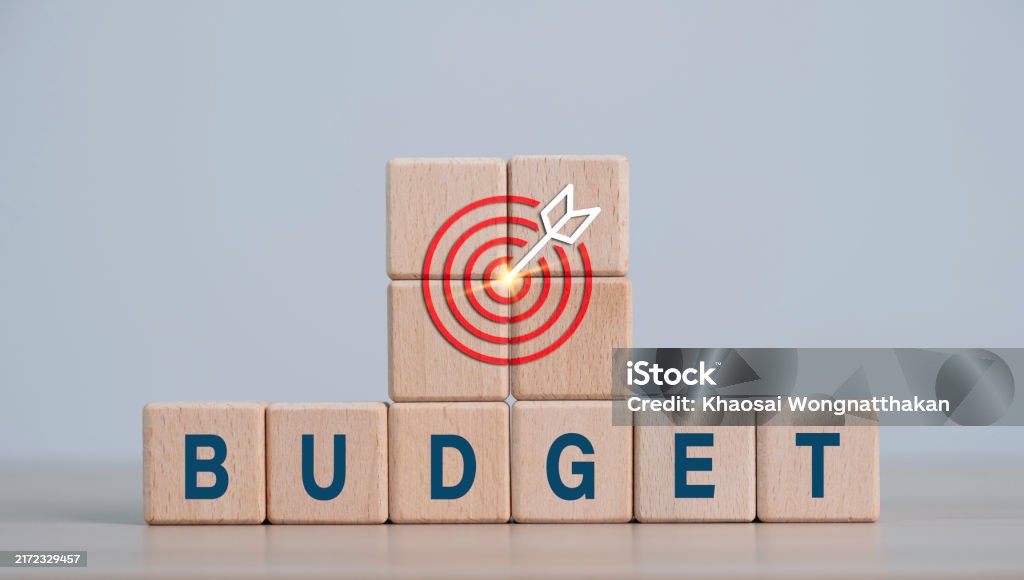Creating a budget that suits your financial situation is essential for achieving your short- and long-term financial goals. While budgeting styles may vary, the key is finding a system that aligns with your income, priorities, and lifestyle. Below, we’ll outline practical tips and strategies to help you create a budget that works for any income level, with real-life examples and approaches.
Step 1: Assess Your Income and Expenses
Start by calculating your total monthly income, including salary, side hustle earnings, or passive income. Next, list all your fixed and variable expenses:
- Fixed Expenses: Rent/mortgage, utilities, loan payments, insurance.
- Variable Expenses: Groceries, entertainment, dining out, transportation.
Pro Tip: Use budgeting apps like Mint or YNAB to track expenses automatically.
Step 2: Choose a Budgeting Method
There’s no one-size-fits-all budget. Here are two popular approaches to consider:
The 50/30/20 Rule
This method is straightforward and beginner-friendly:
- 50% on Necessities: Rent, groceries, minimum debt payments, transportation, and utilities.
- 30% on Wants: Dining out, subscriptions, hobbies, and entertainment.
- 20% on Savings and Debt Repayment: Emergency fund, retirement contributions, and extra loan payments.
Example:
If you earn $3,000 per month:
- $1,500 for necessities.
- $900 for discretionary spending.
- $600 for savings and debt repayment.
Custom Percentages
For those with specific priorities, you can tweak the percentages. Here’s an example from a real-life approach:
- 10% on Food
- 20% on Housing/Rent
- 30% for Rainy Day Savings (e.g., emergency fund or vacation savings)
- 40% on Investments and Retirement Accounts
Step 3: Prioritize Your Well-Being
While it’s important to save and invest, you also need to prioritize your happiness and well-being. Balance is key!
Invest in Yourself
- Budget for self-care, outings with friends, and personal growth.
- Set aside funds for hobbies or mental health needs.
Remember: A budget that deprives you of joy is less likely to stick.
Step 4: Build an Emergency Fund
An emergency fund is non-negotiable for financial security. Aim to save 3–6 months’ worth of living expenses in a high-yield savings account.
Tips for Building Your Fund:
- Automate savings contributions.
- Use tax refunds, bonuses, or extra income to boost your fund.
Step 5: Plan for Retirement
No matter your income level, start contributing to your retirement early. Whether it’s a 401(k), Roth IRA, or another investment vehicle, set aside at least 15–20% of your income toward retirement if possible.
Pro Tip: If your employer offers a 401(k) match, contribute enough to take full advantage of it—it’s free money!
Step 6: Adjust as Needed
Life changes, and so should your budget. Reassess your income, expenses, and financial goals regularly and adjust accordingly.
When to Reassess:
- After a salary increase or decrease.
- When taking on or paying off debt.
- During major life changes (marriage, having kids, moving).
Step 7: Stay Consistent
Consistency is crucial to budgeting success. Track your progress weekly or monthly, celebrate wins (like paying off debt), and stay motivated by focusing on your financial goals.
Bonus Tips for Success
- Use Cash Envelopes: For categories like groceries or dining out, allocate cash to stay within limits.
- Automate Everything: From bill payments to savings, automation reduces the chances of overspending.
- Avoid Lifestyle Inflation: Keep expenses steady as your income grows and use the extra funds to save or invest.
Final Thoughts
Budgeting is personal—what works for one person may not work for another. Whether you follow the 50/30/20 rule, customize your percentages, or create a unique system, the goal is to make budgeting sustainable, balanced, and aligned with your financial goals.
Start small, focus on progress, and remember: budgeting isn’t about restricting your life; it’s about creating the life you want.
FREQUENTLY ASKED QUESTIONS
- What is a budget, and why is it important?
A budget is a financial plan that helps you manage your income and expenses. It is important because it allows you to control your spending, save for goals, and prepare for emergencies. - What is the 50/30/20 budgeting rule?
The 50/30/20 rule allocates 50% of your income to necessities, 30% to discretionary spending, and 20% to savings and debt repayment. It’s a simple guideline to help balance your finances. - How do I start creating a budget?
Start by tracking your income and expenses for a month. Categorize your spending, set financial goals, and allocate your income to different categories like savings, needs, and wants. - What should I do if my income is irregular?
If your income varies, calculate an average based on past months and prioritize essential expenses. Build an emergency fund to cover months when income is lower. - How can I stick to a budget?
Use budgeting tools or apps to track your spending, review your budget regularly, and make adjustments as needed. Setting realistic goals and rewarding yourself for staying on track can also help. - How much should I save each month?
Experts recommend saving at least 20% of your income. However, if that’s not feasible, start with a smaller amount and gradually increase your savings as your financial situation improves. - What are some common budgeting mistakes to avoid?
Common mistakes include not accounting for irregular expenses, underestimating spending, setting unrealistic goals, and failing to review your budget regularly. - How can I balance saving with enjoying life?
Allocate a portion of your budget for discretionary spending on hobbies, dining out, or entertainment. Finding a balance between saving and enjoying life is key to long-term financial success. - Should I prioritize debt repayment over saving?
It depends on the type of debt and interest rates. High-interest debt should be prioritized, but it’s also important to save for emergencies simultaneously. - What tools can I use to manage my budget?
You can use budgeting apps like Mint, YNAB (You Need A Budget), or Excel spreadsheets to track and manage your budget effectively.


